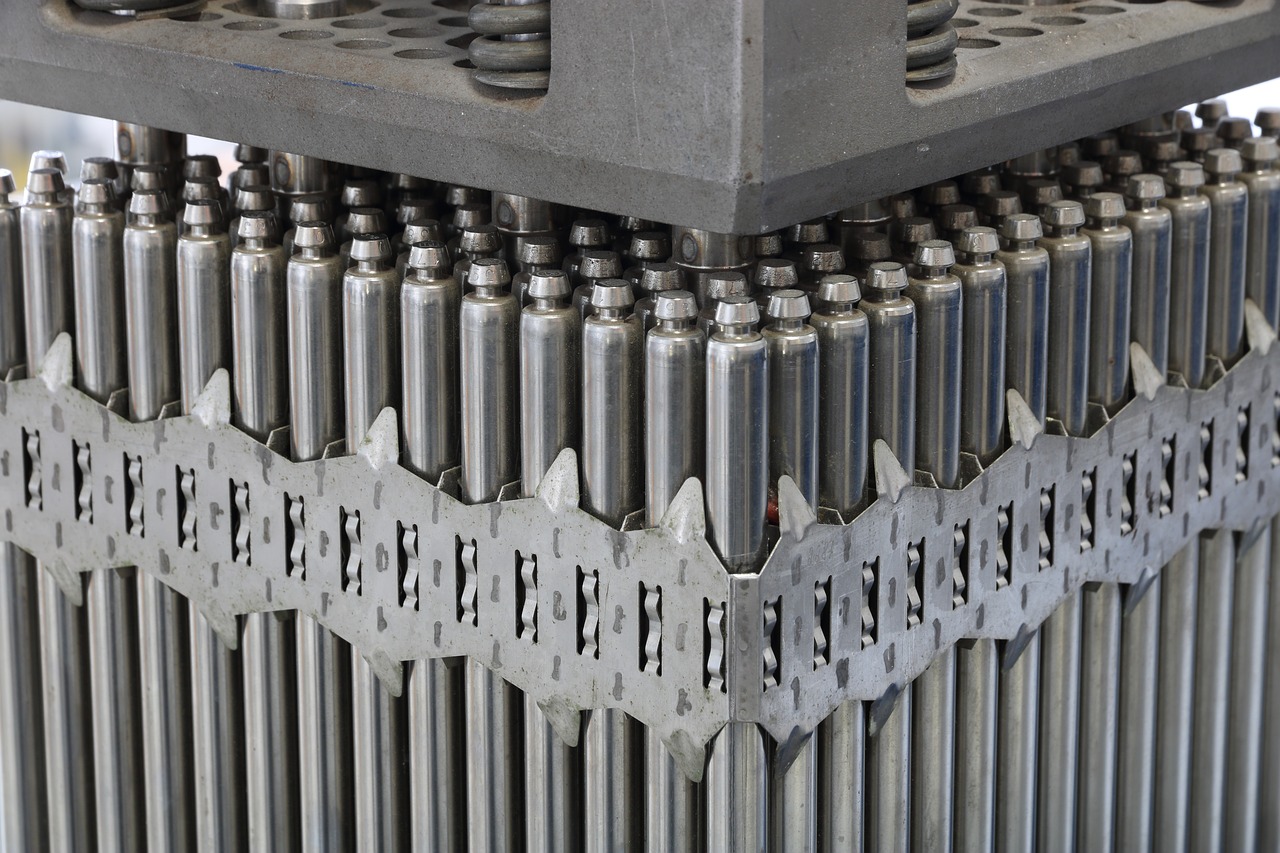US President Donald Trump signed the Nuclear Energy Innovation and Modernization Act into law Monday, intended to encourage innovation in advanced nuclear power plant designs.
The act requires several changes to the licensing process for nuclear reactors. The Nuclear Regulatory Commission (NRC) will have 270 days to develop and implement a staged licensing process for commercial advanced nuclear reactors. The NRC will also have two years to develop and implement strategies for increasing the use of risk-informed, performance-based licensing evaluation techniques and guidance for commercial advanced nuclear reactors. Within two years, the NRC must also develop and implement strategies for licensing research and test reactors. Before December 31, 2027, the NRC must create a technology-inclusive regulatory framework as an optional pathway for licensing commercial advanced nuclear reactors. The NRC must also complete training for staff or hire experts to ensure the expertise necessary for these changes.
A total of $14.42 million per year for fiscal years 2020 through 2024 is provided to the NRC to complete these tasks. When determining the fees that the NRC will charge licensees and applicants, the NRC will not take into account the costs associated with developing the infrastructure for advanced nuclear reactor technologies.
The act also requires the NRC to submit reports on the progress of these updates at various times to the appropriate congressional committee. The NRC must also submit a report to Congress on all actions taken or plan to be taken related to lessons learned from events which resulted in spontaneous evacuations, including September 11, 2001, Superstorm Sandy, and Fukushima.
Several state governments have either implemented or progressed legislation for Zero Emission Credit programs in order to keep operating nuclear power plants open. This includes New York, Illinois, Connecticut, and New Jersey. In November SCANA Corporation and South Carolina Electric & Gas Company settled a class action lawsuit over a cancelled nuclear power plant construction for $2 billion.


